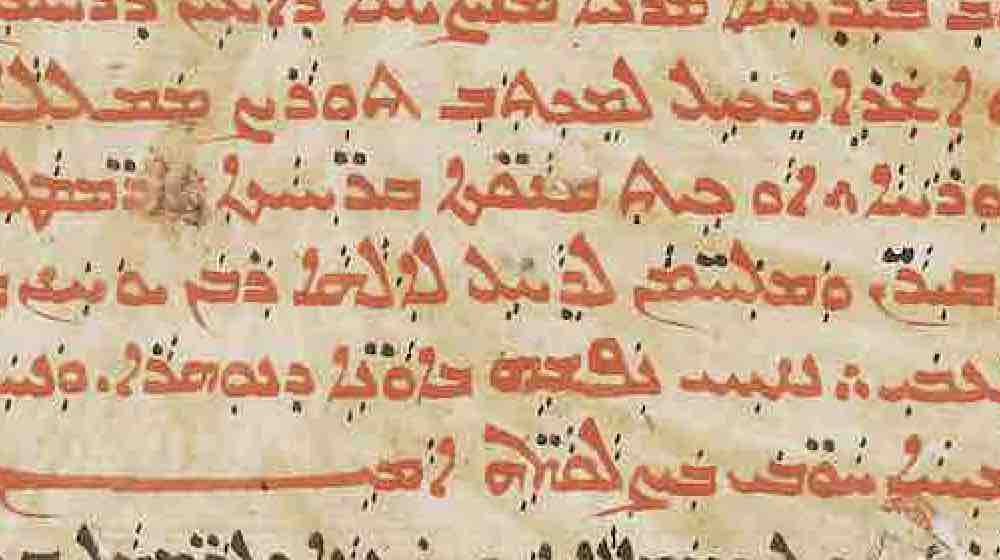Multispectral Imaging Tests At HMML
Multispectral Imaging Tests at HMML
In July 2021, a series of multispectral imaging tests were conducted at HMML by Mike Toth of R.B. Toth Associates in collaboration with HMML staff. The primary goal of the testing was to assess and characterize the best multispectral imaging techniques for photographing manuscripts and drawings created with sepia ink derived from cephalopods. Cuttlefish ink, likely harvested near Venice, Italy, was the ink source for several of the manuscripts that were photographed. Other mediums, such as iron gall ink and dyes, were also photographed.
The multispectral imaging system uses a 100 megapixel camera and narrowband illumination that emits light from LEDs in specific wavelengths to reveal features the human eye cannot see. Manuscript and artwork are illuminated in a wide range of colors for imaging in distinct ultraviolet, visible, and infrared spectral bands. Because some objects glow or fluoresce in shorter light wavelengths, a series of photographs are also made using optical glass filters; these filters block reflected light, capturing just a faint light from objects to reveal more features than can be normally seen in natural light.
Multispectral imaging was performed on a number of items in HMML’s collection, including several manuscripts written in Italian and French sepia ink, a drawing, a printed and hand-colored map, a Baroque sketch, and four Russian icons.
Each object was imaged 25 times, photographing in at least 16 wavelengths of light (with no filters) and eight shorter wavelengths with filters—the latter to detect fluorescence emitted by residues and features. Previous tests have demonstrated that any impact to objects from this light exposure is comparable to an object being displayed in a museum exhibition for two or three days.
Each image capture was automated using software that integrates the control of the digital camera, filters, and illumination into a single system. Images were then processed with ImageJ, an open-source image processing software. Tests included imaging with different exposures after inspecting the images, to gather as much information as possible from the available wavelengths.
To read about the results from another multispectral project at HMML, see the HMML Palimpsest Project.




